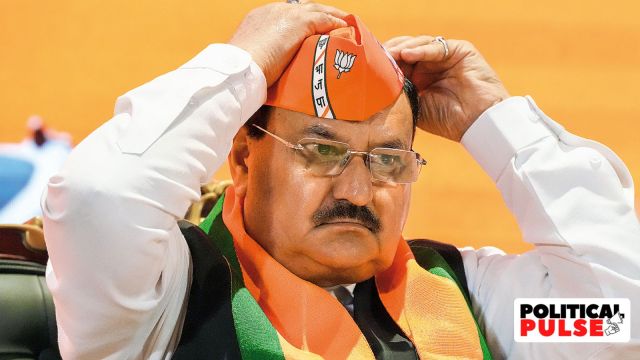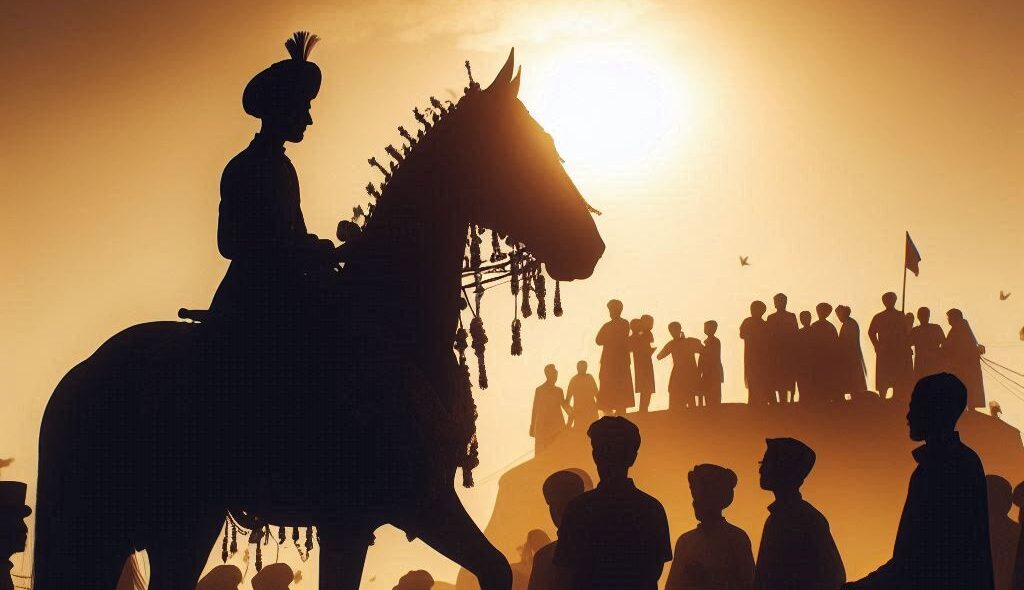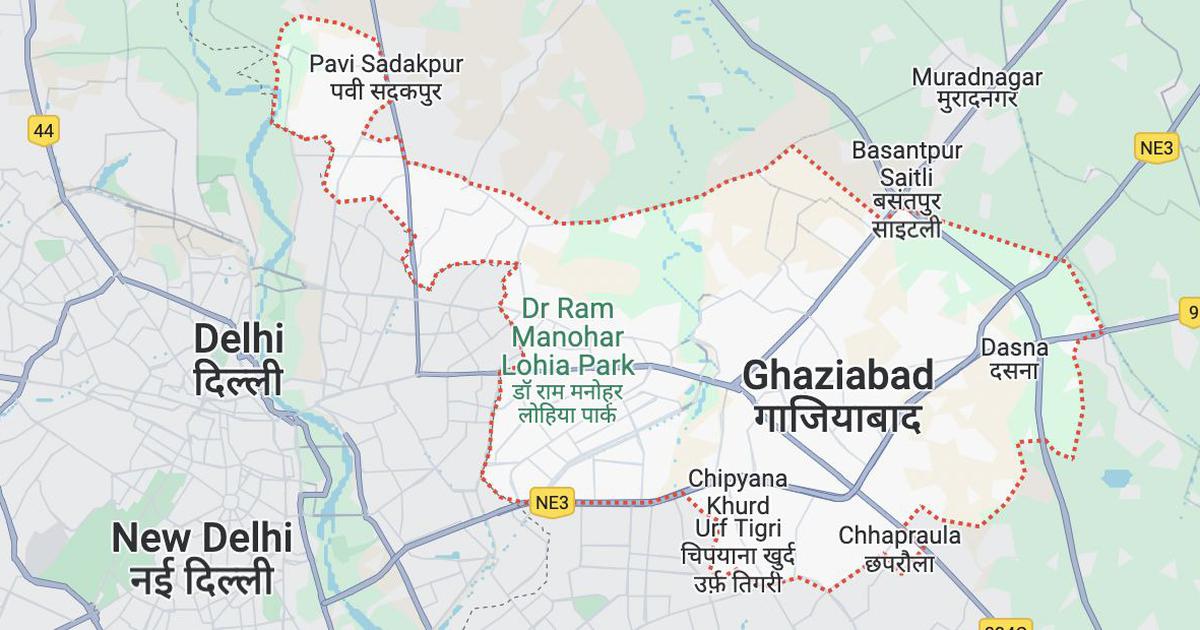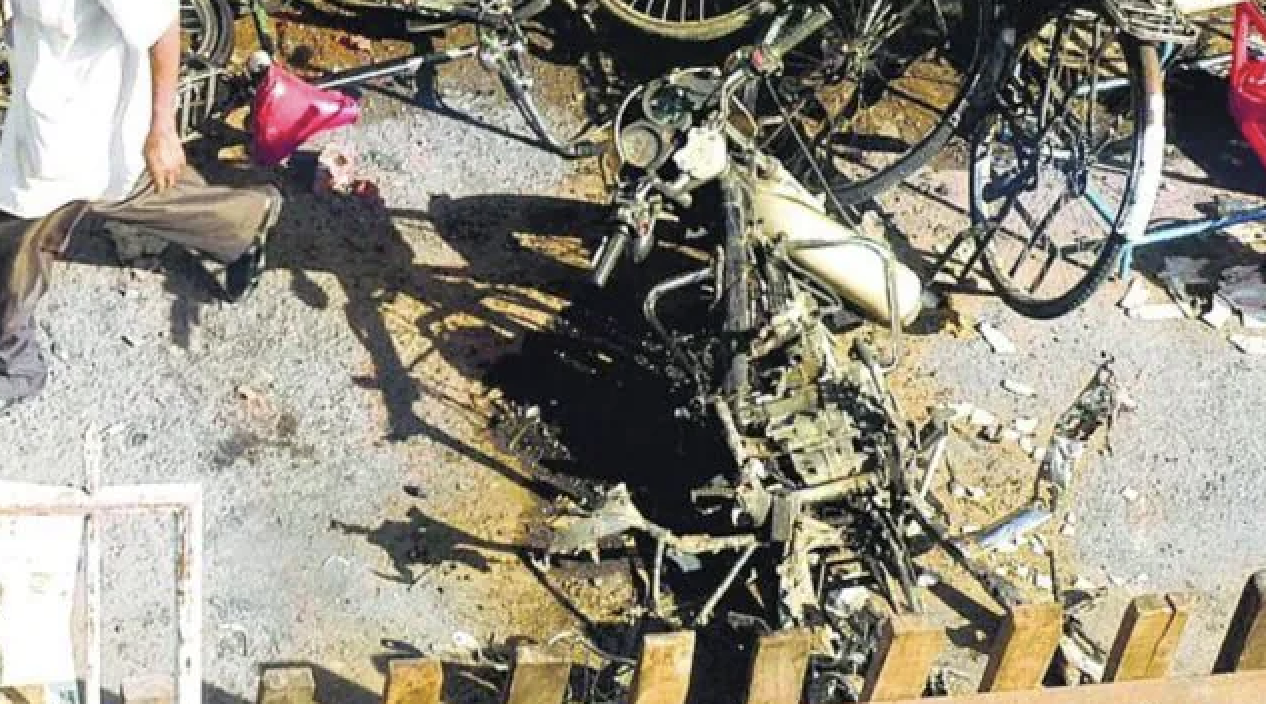![Kashmir's struggle did not start in 1947 and will not end today Women shout slogans during a protest following restrictions after the government scrapped the special constitutional status for Kashmir, in Srinagar August 14, 2019. REUTERS/Danish Ismail [Daylife]](https://www.aljazeera.com/mritems/imagecache/mbdxxlarge/mritems/Images/2019/8/15/52e683edddb748a78697d6d7b4bb5192_18.jpg)
On August 5, India’s Hindu nationalist Bharatiya Janata Party (BJP) government issued a surprise executive decree stripping away the autonomy that the state of Jammu and Kashmir was granted in exchange for joining the Indian union after independence in 1947.
Since the decree, Indian authorities also imposed an unprecedented lockdown in the region, cutting off all communication lines, restricting movement and putting prominent Kashmiri politicians under house arrest.
The government’s decision to revoke Article 370 of India’s constitution, which ensured the Muslim-majority state its own constitution and independence over all matters except foreign affairs, defence and communications, was undoubtedly the most far-reaching political move on the disputed region in the last seven decades. However, neither the Indian government’s decision to impose direct rule from New Delhi, nor its attempts to silence the Kashmiri cries for freedom and dignity is anything new.
A brief look back in history makes it evident that Kashmir’s oppression and colonial exploitation started long before the formation of modern India. Ever since its annexation by the Mughal empire in 1589 AD, Kashmir has never been ruled by Kashmiris themselves. After the Mughals, the region was ruled by the Afghans (1753-1819), Sikhs (1819-46), and the Dogras (1846-1947) until the Indian and Pakistani states took over.
The Mughals, who did nothing to alleviate the region’s poverty or help it fight famines, instead built hundreds of gardens in Kashmir, converting it into a luxurious summer refuge for the rich. The Afghans not only sent Kashmiri people to Afghanistan as slaves, but also imposed extortionate taxes on the region’s famed shawl weavers, causing the shawl industry to shrink in size. Next came the Sikhs, who, according to the British explorer William Moorcroft, treated the Kashmiris “little better than cattle”.
The discrimination Kashmir’s Muslim majority is still facing to this day also came to the fore for the first time during the Sikh rule. Back then, the murder of a native by a Sikh was punished with a fine of 16 to 20 Kashmiri rupees to the government, of which 4 rupees would go to the family of the deceased if the victim is a Hindu, and only 2 rupees if the deceased is a Muslim.
And in 1846, when the British East India Company defeated the Sikh Empire in the first Anglo-Sikh war, Kashmir was sold to the Dogras as if it was not the home of millions of people but just a “commodity”. Gulab Singh, a Dogra, who served as the ruler of Jammu in the Sikh Empire, chose to side with the British in the Anglo-Sikh war. After the war, the East India Company “sold” Kashmir to Gulab Singh for a lump sum of 7.5 million rupees to reward his loyalty.
Gulab Singh and the successive Dogra rulers, who then had a free pass over the Kashmir valley, imposed further extortionate taxes on the Kashmiris in an attempt to raise the 7.5 million rupees they had paid to buy Kashmir. Moreover, as a mark of their continued loyalty, the Dogra rulers catered to continued British demands for money and muscle. Under the Dogra rule, Kashmiris were forced to fight in all of Britain’s wars, including the two world wars.
The Dogra rule was possibly the worst phase in terms of the economic extortion in Kashmir. Most of the peasants were landless since Kashmiris were banned from holding any land. About 50-75 percent of cultivated crops went to the Dogra rulers, leaving the working class with practically no control over the produce. The Dogra rulers also reintroduced the begar (forced labour) system under which the state could employ workers for little to no payment. Not only every imaginable profession was taxed, but Kashmiri Muslims were also forced to pay a tax if they wished to get married too. The absurdity of the exorbitant tax system reached a new high when something called “zaildari tax” was introduced to pay for the cost of taxation itself!
During the Dogra rule, Kashmiri Pandits – native Hindus of the Kashmir Valley – were slightly better off than the Kashmiri Muslims, perhaps as a result of the administration’s pro-Hindu bias. They were allowed to have more upper-class jobs and work as teachers and civil servants. This meant that amongst a predominantly Muslim population, the so-called “petite bourgeois” was dominated by the Hindus. The Dogra regime also replaced Koshur with Urdu as the official language in the region, making it even harder for the Koshur-speaking Kashmiri Muslims to break free from poverty.
Therefore, the history of Kashmir’s Muslims often intersects with the history of the working class in the valley. In fact, throughout the Dogra rule in Kashmir, the resistance against the oppressive regime was shaped by class as much as religion.
The workers’ resistance against the Dogras kicked off as early as in 1865, when Kashmiri shawl weavers agitated to improve their work conditions. The regime brutally crushed the uprising and in the three decades following the protest, the number of Kashmiri shawl weavers decreased from 28,000 to just over 5,000. Despite the setback, however, Kashmiri workers continued to fight for their rights. in 1924, workers from a Srinagar silk factory went on a strike for better working conditions.
In 1930, some young, left-wing Muslim intellectuals formed the Reading Room Party to get together and explore a way forward for the Jammu and Kashmir that is free of autocracy and oppression. They soon started organising meetings in mosques, and slowly this “political consciousness” started to spread from the intelligentsia to the middle classes. In time, they moved on from mosques to larger scale open meetings.
Noting this growing spirit of revolt among the Muslim community, in 1931, the Dogras approved the formation of three political parties in the valley – Kashmiri Pandits Conference, Hindu Sabha in Jammu, and Sikhs’ Shiromani Khalsa Darbar. This meant only non-Muslim groups were allowed political representation in the valley, leaving the majority of the population without an official political party.
That very same year saw several Muslim agitations that developed in reaction to the state’s oppression. But the simmering tensions come to a boil on July 13, when a crowd of thousands tried to break into the Srinagar jail during the court hearing of a sedition case filed against a young Muslim man named Abdul Qadeer. Police responded with extreme brutality and 22 protesters were killed. As scholar and activist Prem Nath Bazaz noted, the sentiments of the crowd that rushed the prison were not anti-Hindu but anti-tyranny. Yet, the riots that took place in the aftermath of July 13 took a religious turn when shops owned by the Hindus were looted in the valley.
Bazaz attributed this to the shortsighted and inexperienced politics of the Reading Room Party as well as the hostile and discriminatory attitude of the Hindus towards the Muslim majority. Ever since that episode, however, all stakeholders in the Kashmir conflict have been attempting to communalise Kashmiri history. The struggle of the valley’s working-class Muslims has been reduced to their religious identity, as if the religion that they follow makes their anger somewhat illegitimate.
While the suffering of the Muslim working class was immense under the Dogra rule, their situation did not get any better following Britain’s departure from the Indian subcontinent and partition of colonial India into two nation-states.
Under the partition plan provided by the Indian Independence Act, Kashmir was given the options to become independent or accede to India or Pakistan.
The Dogra ruler at the time, Hari Singh, initially wanted Kashmir to become independent. But when tribesmen from Pakistan attempted to invade the region he agreed to join India in October 1947.
India’s first Prime Minister Jawahar Lal Nehru sent troops to protect Kashmir from a possible Pakistani invasion. As a result, Hari Singh signed an instrument to accede the state to the Indian dominion. Article 370, which guaranteed Kashmir’s autonomy in the Indian Union, was also added to the Indian constitution as a direct outcome of the instrument.
Unfortunately, it became clear in the following decades that India had no intention of protecting Kashmir’s autonomy as in no time it started to act like yet another occupying imperial force and resumed the oppression of the region’s long-suffering Muslim population.
At first, Nehru (a Kashmiri himself) appeared sympathetic to the cause of the Kashmiris. He promised multiple times to hold a plebiscite to determine the faith of Jammu and Kashmir. Back then, even the emergence of an independent Kashmir was being considered as a possible outcome.
Decades have passed, however, and the plebiscite Nehru promised was never held. Pakistan and India occasionally raised the issue and accused the other side of preventing the holding of a vote. To the convenience of both the states, the issue of plebiscite was eventually forgotten.
Since October 1947, India and Pakistan fought multiple wars over Kashmir, both claiming to have the best interests of the local population in mind. But they jointly suppressed Kashmiri voices that criticise the actions of both countries and demand independence.
One such example was the case of Maqbool Bhat, one of the founder members of Jammu Kashmir Liberation Front and proponent of organised armed struggle for the liberation of Kashmir. He was hunted down and hung by the Indian state, but the state of Pakistan also caused every trouble they could to stop Maqbool from organising a liberation movement for Kashmir that does not aim to pull the region into Pakistan’s zone of influence.
Over the years, India and Pakistan did everything they could to control the narratives of Kashmir. India not only resorted to brutal methods of oppression, such as physical violence, torture, fake encounters, rape and unlawful prosecutions, it also concocted an alternative history, twisting data and facts to turn Indian public opinion against the plight of Kashmiri Muslims. Meanwhile, Pakistan was no innocent supporter of the Kashmiri struggle, as one of its former Presidents, Pervez Musharraf, openly admitted that the state supported and trained armed groups active in the valley, such as Lashkar-e-Taiba (LeT), in the 1990s.
Despite the best efforts of the imperialist forces to silence and subdue them, the Kashmiris have been fighting for self-determination for hundreds of years. Today, imperial efforts to control the valley continue albeit quite ironically in the garb of nationalism. India’s decision to revoke Jammu and Kashmir’s special status thus is nothing other than yet another act of shameless imperialist aggression.
At worst, August 5, 2019, will be remembered by future generations as just another chapter in Kashmir’s long history of imperial oppression. At best, this latest attack on the dignity of a long-suffering people will mark the beginning of an era of unprecedented resistance and struggle towards freedom for the Kashmiris.
This story first appeared on aljazeera.com on August 15, 2019 here.






